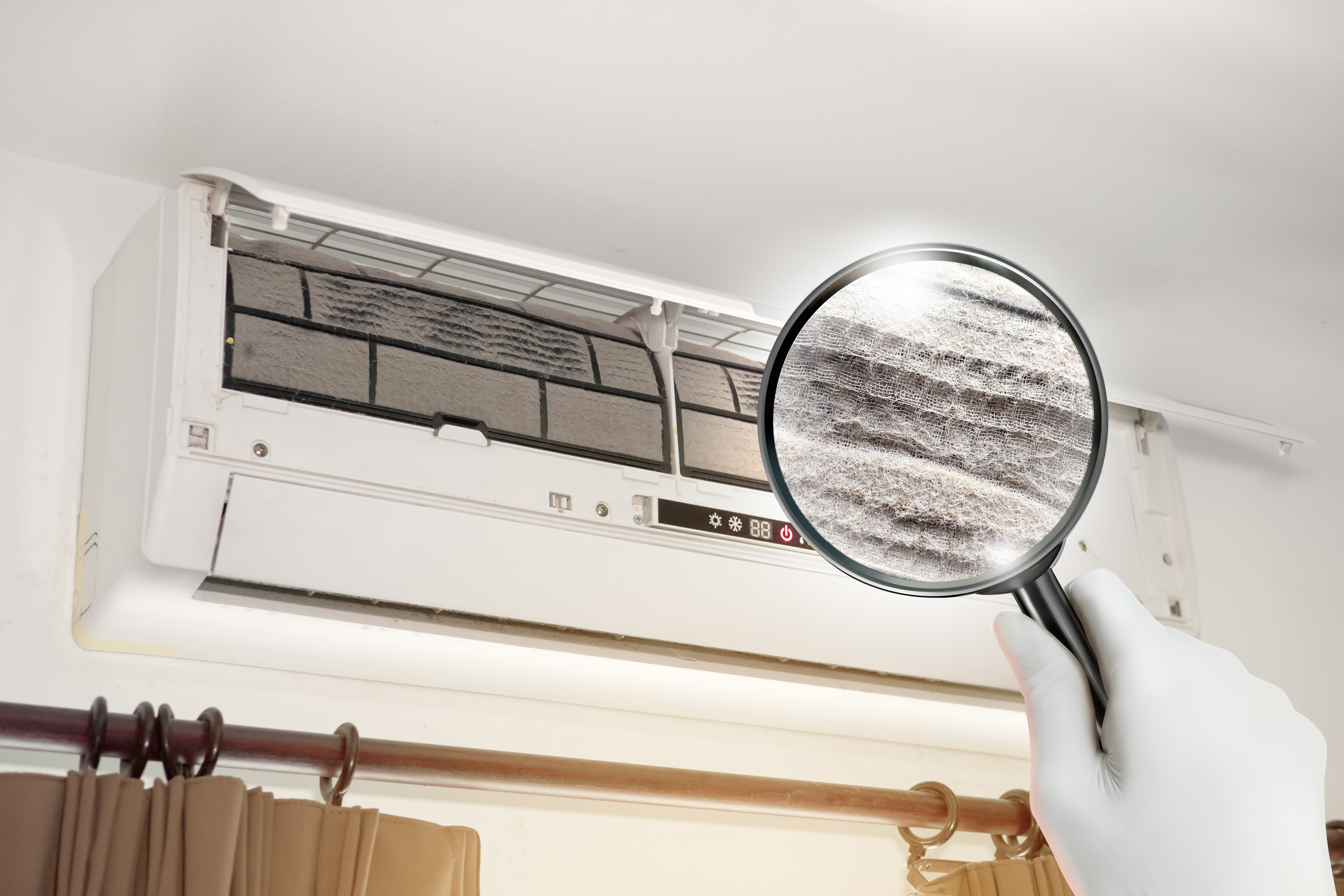Have you ever wondered about the HVAC science behind how your HVAC system works? You set the thermostat to your desired temperature and warm or cold air comes out of the vents. What’s going on in the inner workings of the system? Here’s a crash course in HVAC science.
The Cooling Cycle
HVAC science begins with the second law of thermodynamics. Heat always moves from an object or area with more heat to an object or area with less heat. Your system makes use of that principle by using refrigerant.
Air from your home flows through your system and over your evaporator coil, where the cold, liquid refrigerant absorbs its heat. The air gets cooler while the refrigerant gets warmer and turns into vapor (i.e., evaporates).
From there, the refrigerant flows into the compressor, where it’s put under high pressure, making it even hotter in the process. Finally, the hot vapor flows into your condenser coil, which removes the pressure and dissipates the heat, turning the vapor back into a cold liquid so the cycle can begin again. The fins on the condenser coil help the heat dissipate more quickly, but they can accumulate dirt and debris over time. To maintain HVAC efficiency and airflow, the coil should be cleaned at least once a year.
Hot and Cold Air
As the heat from the refrigerant dissipates, it results in warm air as well as cold. In summer, this is a byproduct, which gets vented outside, while the cool air circulates through your home. In large quantities, that warm air can actually raise the outdoor temperature, even as it’s making things cooler indoors. Just one more reason why it’s important to save energy.
If you have a heat pump, though, in winter, you can reverse the airflow so the warm air gets circulated through your home while the cool air is vented outside. By absorbing heat from the outdoor air to heat your home, it saves energy more than gas-powered furnaces.
For a technician who understands HVAC science and how it affects your system, contact us at Ace Hardware Home Services. We serve all of Dayton’s home-comfort needs.








